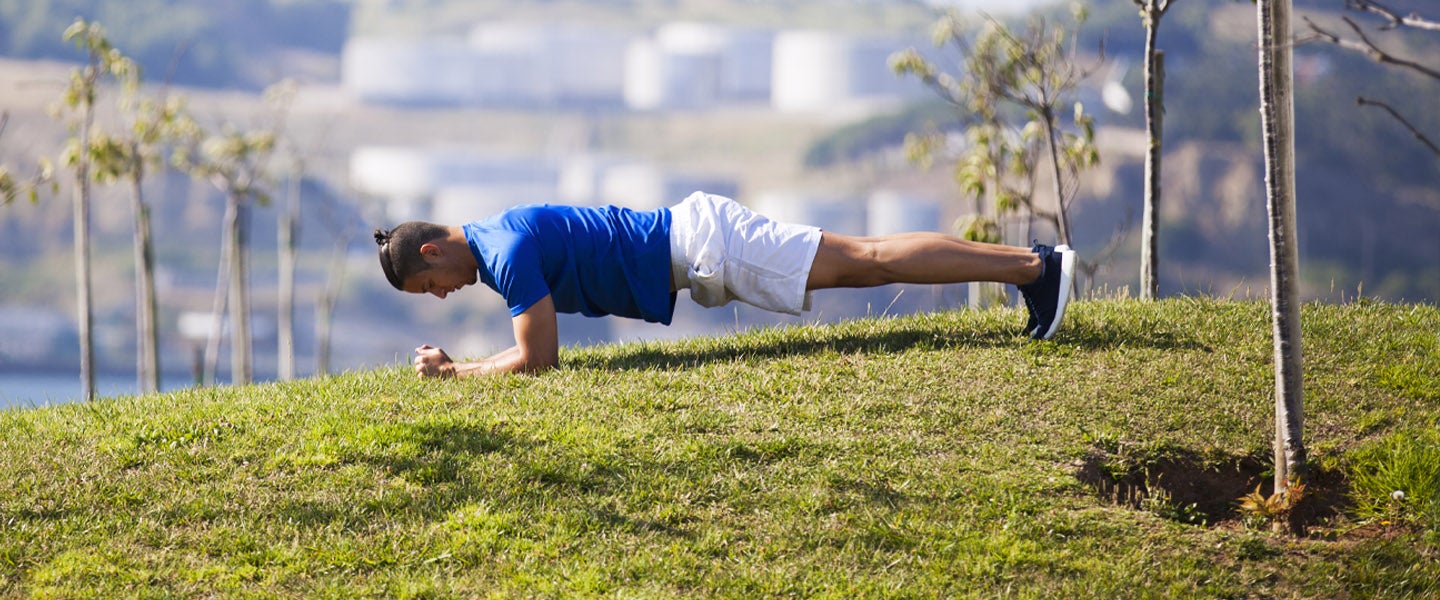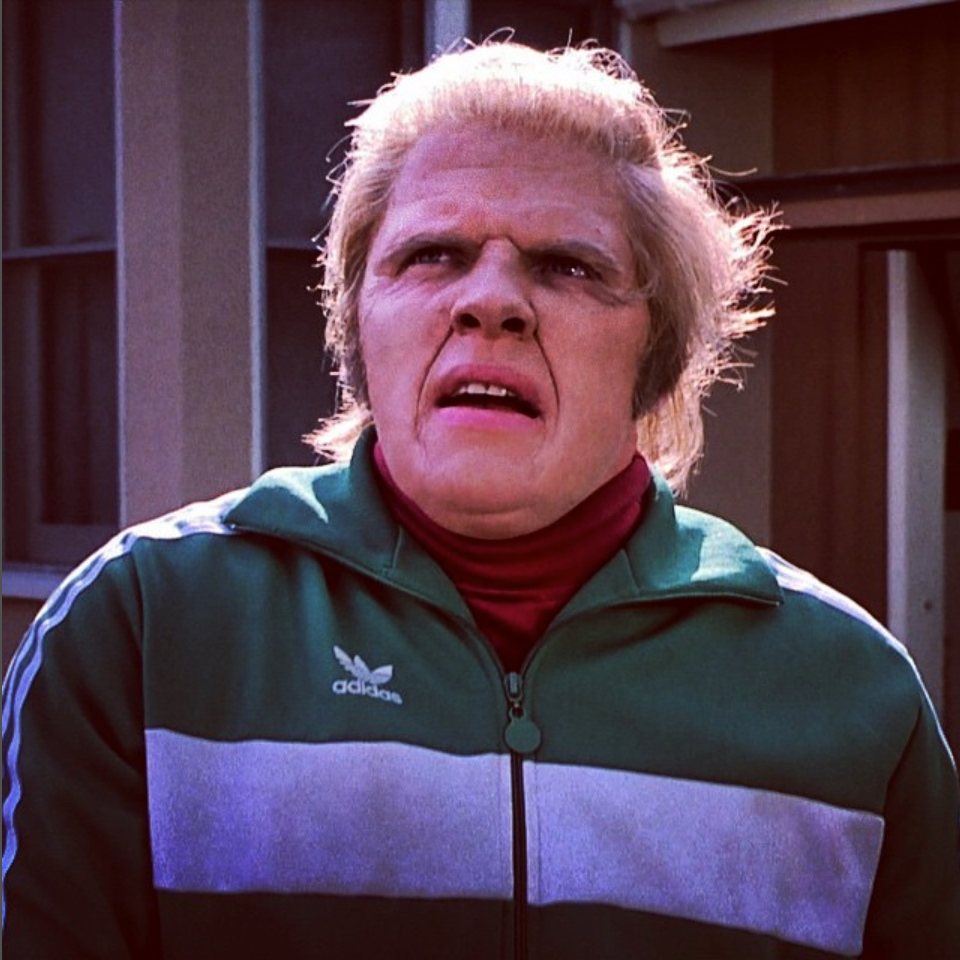When it comes to working out, we’re not all strongmen like Hafþór Júlíus Björnsson (aka The Mountain). In fact, many of us could go our entire lives and still have no clue how a lat pull-down differs from an incline bench. Which is to say, there’s no shame in not knowing your way around a gym, or how to start the process of getting in shape. Plus, that’s what we’re here for — to make sure that when you’re in the gym, you at least never have to sweat the small stuff.
Uh, stupid question here: What is my core, and uh, why should I care about it?
That’s not a stupid question at all! That said, let me see if I can explain it to you, in layman’s terms: Our core is the innermost layer of the planet Earth, residing under anywhere between 3 to 43 miles of the Earth’s crust (the outer, hard rocky layer you call the ground); another 1,800 miles of mantle (the next layer down, made up of fluid rock); and 1,500 miles of outer core (also liquid, mainly iron and nickel). It sits at around 9,806 degrees Fahrenheit (basically the surface of the sun) because it’s so dense and under extreme pressure!
Oh. You don’t mean that core. You mean your own personal core, like in your body. Got it.
Your core is not made up of rock. Nor is it made of iron or nickel — it’s made of muscle. Which, of course, you probably already knew. You probably didn’t know, though, that it isn’t the same as the abdominal muscles in the center of your body — because duh, “core.”
Well, not exactly the same. That is, your abdominal muscles are part of your core, but only a part of it. In fact, your core extends a considerable distance away from these central muscles in almost every direction, and involves a number of muscle groups you likely would never assume functioned as part of your core (or had no idea existed in the first place).
Take, for instance, the multifidus muscle, a small, yet incredibly important muscle (actually a series of really tiny muscles called fasciculi) that runs the length of your spine and basically keeps all your shit together. Now that’s extreme core!
Besides the multifidus, there’s also your obliques on your sides; pelvic muscles in your, um, pelvis; lumbar muscles in your back; glute muscles in your butt cheeks; muscles in your neck and so on and so forth. Basically, if a muscle stems from, or resides around, your torso, and is involved in functional movement, it’s part of your core.
As for why your core is important, well, it’s right there in that last graf: Movement. Your core is THE collection of muscle groups that assist your body in stabilizing itself as you move around in three dimensions. That means it helps you stand up straight, bend over, lean, rotate around your central axis and generally keep your balance — all without falling on your face.
Naturally, then, cores are incredibly important for athletes, who are constantly (and often violently) twisting, changing direction, planting and transferring weight, sometimes all at the same time. That’s why LeBron James’ core workouts are the stuff of legend:
As you can see, he’s not simply doing crunches — from his back to his shoulders to his quads, James uses the physio ball and Bodyblade to induce rapid contractions of his core muscles so that when he’s out on the court, he’s got the strength and stability to keep his balance in the air, on the floor, and most importantly, when he’s dunking on fools.
Obviously, us regular folk don’t need to get as crazy as LBJ, but some basic core-training is important even for simply moving our body weight around our center of gravity — you know, like when you’re trying to get up from the couch, or in-and-out of a low car.
So how do you strengthen your core so you’re not that gentleman trapped in the car? One great place to start is Pilates. Now, the first time you try it, you’re going to be sore in places you didn’t (previously) know existed, but the fact that it often involves your legs, arms and back means it’ll give many of the lesser-known core muscles the workout they so desperately need. And don’t listen to your bros who tell you that Pilates is a “girl’s class” — they’ll be forever doing sit-ups thinking their core is just their abs (and seeing no gains), while you’re getting ripped from head-to-toe (and standing straighter than ever before).
The core — it’s more than just a dense, hot mass in the center of the Earth.

